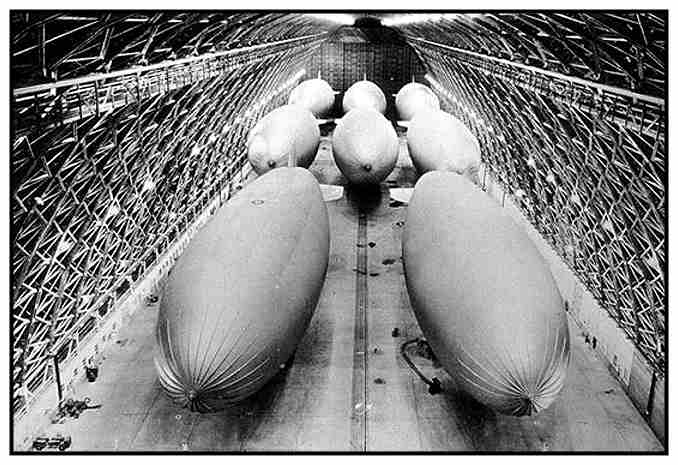Cabin Fever Compiles an Aviation To-Do List
The older I get the more susceptible to hypothermia I seem to be, which is a roundabout way of saying that I’ve not been out much because many of these Wisconsin winter days have begun below zero. To combat cabin fever, I’ve been cataloging—and appreciating—all that aviation has given me over the past four decades or so. This process revealed a lot that I would still like to explore and experience before I am no longer physically or financially able to undertake such adventures, so I compiled an aviation to-do list and will start enjoying it this year, if it ever warms up.
 At this stage of my aeronautical life I’m focused mainly on the people and places that made aviation what it is today, so most of the items on my list are museums that I have never before visited. High on the list are most of the sites in the National Aviation Heritage Area, from the National Museum of the United States Air Force to the Wright home to Huffman Prairie. I’ve been to Dayton, Ohio, a number of times over the previous decades, but always for another reason, and I never made time to visit these sites significant to a subject important to me. This year, I’m dedicating to them and nothing else.
At this stage of my aeronautical life I’m focused mainly on the people and places that made aviation what it is today, so most of the items on my list are museums that I have never before visited. High on the list are most of the sites in the National Aviation Heritage Area, from the National Museum of the United States Air Force to the Wright home to Huffman Prairie. I’ve been to Dayton, Ohio, a number of times over the previous decades, but always for another reason, and I never made time to visit these sites significant to a subject important to me. This year, I’m dedicating to them and nothing else.
I’ve not yet visited the Planes of Fame Air Museum, for a similar reason. When I was learning to fly my instructor and I touched-and-went at the airport in Chino, California, many times. Focused on the skills I was trying to master, I ended up landing on the wrong runway because my eyes were distracted by the aircraft on display outside. I didn’t feel any better about my error even though the tower controller told me not to worry because of a wind shift he was going to make it the active runway after I landed.
Everyone I know who’s been to what is now the Mojave Air & Space Port tells me it is the place to wander around. It will be interesting to see how much of that is possible with the post-9/11 security requirements. Regardless, it’s still worth a visit because every day counts, as it does in every lifetime. We may not have had the privilege of being anywhere during its heyday, but we can still get a sense of the place by combining the words of those who were with the stage on which they acted.
 There are, of course, many more historic sites on my to do list. Some are physically significant, like Blimp Hangar B at Oregon’s former NAS Tillamook, the world’s largest clear span wooden structure. The others are less well known, like Nebraska’s former McCook Army Airfield, where World War II B-17, B-24, and B-29 crews underwent final training before flying to overseas combat. Like the men who trained here, a few of the buildings they brought to life still survive (and the runways long ago gave way to farm fields). By giving witness to them, and the other sites on my to-do list, perhaps this will perpetuate their lives until the contributions they represent become the responsibility of the succeeding generation. — Scott Spangler, Editor
There are, of course, many more historic sites on my to do list. Some are physically significant, like Blimp Hangar B at Oregon’s former NAS Tillamook, the world’s largest clear span wooden structure. The others are less well known, like Nebraska’s former McCook Army Airfield, where World War II B-17, B-24, and B-29 crews underwent final training before flying to overseas combat. Like the men who trained here, a few of the buildings they brought to life still survive (and the runways long ago gave way to farm fields). By giving witness to them, and the other sites on my to-do list, perhaps this will perpetuate their lives until the contributions they represent become the responsibility of the succeeding generation. — Scott Spangler, Editor



